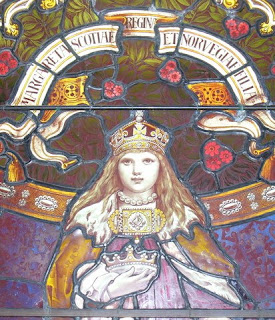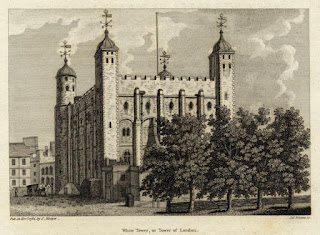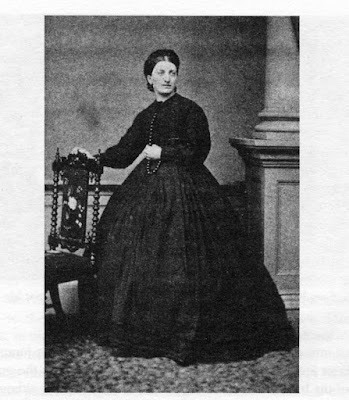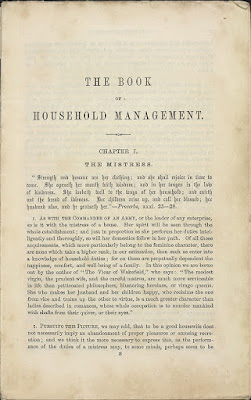This week I thought I’d give you a list of all the births,
marriages, deaths, burials and coronations that have occurred for the Monarchs
and Consorts of England, Scotland and the United Kingdom.
1st:
Birth month, or it could be April, of future Queen Margaret
of Scotland, 1283, Tonsberg, Norway.
 |
| Margaret Maid of Norway. Attributed: By Colin Smith, CC BY-SA 2.0, httpscommons.wikimedia.orgwindex.phpcurid=18837762 |
Birth of future Queen Consort Caroline of Ansbach, 1683,
Ansbach, Holy Roman Empire. Consort of King George II.
2nd:
Death of Queen Consort Anne of Denmark, 1619, Hampton Court
Palace. Consort of King James VI.
Death of Queen Consort Anne of Denmark, 1619, Hampton Court
Palace. Consort of King James VI.
Birth of future King Robert II of Scotland, 1316, Paisley
Abbey.
3rd:
Death of Queen Consort Matilda of Bolougne, 1152, Hedingham
Castle, Essex. Consort of King Stephen.
4th:
Death of Queen Consort Joan of England, 1238,
Havering-Atte-Bower, England. Consort of King Alexander II of Scotland.
Coronation of Queen Consort Phillipa of Hainault, 1330,
Westminster Abbey. Consort of King Edward III.
Reign 1 ends of King Henry VI after being deposed, 1461.
Reign 1 ends of Queen Consort Margaret of Anjou, 1461.
Consort of King Henry VI.
Reign 1 begins of King Edward IV, 1461.
5th:
Birth of future King Henry II, 1133, Le Mans, France.
Burial of Queen Mary II, 1695, Westminster Abbey.
6th:
Burial 1 of King Richard II, 1400, Kings Langley. Moved to
Westminster Abbey in 1413.
8th:
Death of King William III, 1702, Kensington Palace.
Reign begins of Queen Anne, 1702.
Reign begins of Consort Prince George of Denmark, 1702.
10th:
Marriage of King Edward VII to Princess Alexandra of
Denmark, 1863, St George’s Chapel, Windsor Castle.
16th:
Death of Queen Consort Anne Neville, 1485, Westminster.
Consort of King Richard III.
17th:
Death of King Lulach of Scotland, 1058, Essie.
Birth of future King James IV, 1473, Stirling Castle.
19th:
Death of King Alexander II of Scotland, 1286, Kinghorn Ness,
Fife.
End of reign of Queen Yolande of Dreux, 1236, consort of
King Alexander II of Scotland.
Reign begins of Queen Margaret of Scotland, 1236.
20th:
Divorce of King David II of Scotland from Margaret Drummond,
1370
Reign ends of Scottish Queen Consort Margaret Drummond,
1370.
Death of King Henry IV, 1413, Westminster.
Reign ends of Queen Consort Joan of Navarre, 1413. Consort
of King Henry IV.
21st:
Reign begins of King Henry V, 1413.
Death of former King Henry VI, 1471, Tower of London.
 |
The Tower of London. Image courtesy of ancestryimages.com
|
22nd:
Coronation of Queen Consort Matilda of Bolougne, 1136,
Consort of King Stephen.
23rd:
Birth of future Queen Consort Margaret of Anjou, 1430,
Pont-A-Mousson, Lorraine, France. Consort of King Henry VI.
24th:
Death of Queen Elizabeth, 1603, Richmond Palace, Surrey.
Reign begins of King James VI, 1603.
Reign begins of Queen Consort Anne of Denmark, 1603, Consort
of King James VI.
Death of Dowager Queen Consort Mary of Teck, 1953,
Marlborough House, London. Consort of King George V.
25th:
Approximate start of the reign of King Malcolm II of
Scotland 1005
Reign begins of King Robert the Bruce of Scotland, 1306.
Reign begins of Queen Consort Elizabeth de Burgh, 1306,
Consort of King Robert I.
Coronation of King Robert I, 1306.
Coronation of Queen Consort Elizabeth de Burgh, 1306,
Consort of King Robert 1.
Coronation of King James II of Scotland, 1437, Holyrood
Abbey.
Burial of Queen Consort Anne Neville, 1485, Westminster
Abbey. Consort of King Richard III.
26th:
Possible birth date of the future King Malcolm III, 1031,
Scotland.
Coronation of King Robert II of Scotland, 1371.
Coronation of Queen Consort Eupemia de Ross, 1371. Consort
of King Robert II.
Burial of King Richard III, 2015, Leicester Cathedral.
27th:
Death of King James VI, 1625, Theobalds House.
Death of King James VI, 1625, Theobalds House.
Reign begins of King Charles I, 1625.
Reign begins of King Charles I, 1625.
29th:
Burial of King Alexander III, 1286, Dunfermline Abbey.
30th:
Death of Dowager of Queen Consort Elizabeth Bowes-Lyons,
2002, Royal Lodge, Windsor.
31st:
Burial of Dowager Queen Consort Mary of Teck, 1953, St
George’s Chapel, Windsor Castle.
So that’s March covered for you.







